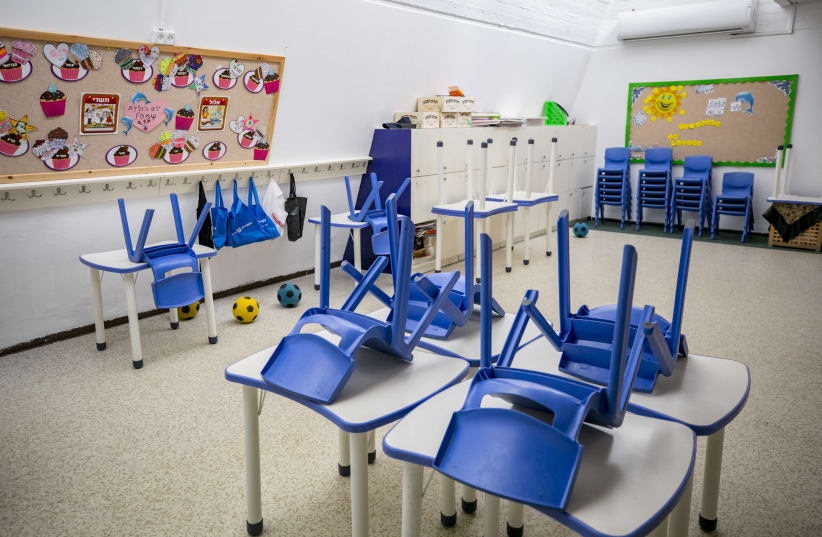Throw a short-term problem at Israel – from water shortages to rockets from Gaza to terrorist tunnels from Lebanon – and the country would find a response. Desalination to deal with water shortages, Iron Dome to stop rockets from Gaza and technology to snuff out Hezbollah terrorist tunnels in the North and Hamas tunnels in the South.
Then why has the “innovation nation” been unable – nearly a year into the pandemic ravaging the world – to get its children back to school? Why, even as the country is slowly emerging from its third lockdown, has it taken so long to come up with a plan to enable students to go back to class?
One answer is that this simply has not been a high priority.
It seems as if the decision-makers believe the current situation in which millions of students are connecting to their teachers via Zoom is a solution – perhaps not optimal, but a solution nonetheless. And as long as that seems to be working, why look hard for something else?
Why? Because the Zoom model is not working. Because just ramming information down a student’s throats via Zoom is not a system that works.
First of all, what about those students whose attention wanders after 10 minutes, or who do not have a computer or cellphone always available or a quiet room where they can study.
Secondly, education is so much more than just imparting information, as important as that may be. Education is not only grammar, history or geometry. It is also providing a social framework where children, from kindergarten through high school, can interact with their peers, their teachers and their surroundings – and learn and grow from that.
Most children in this country have not had an opportunity to do much of that now for nearly a year, especially those from grades five to 10, which is detrimental. Millions of them will have been robbed of two school years by the time the summer rolls around.
Obviously, the government is not to blame for the pandemic, and the loss of two school years does not make a lost generation, as some have said with hyperbole.
But the government needs to find creative solutions that enable students some kind of educational framework to wake up to each morning, or at least a few mornings a week, even if it is not a return to school as it was before COVID-19.
For one thing, since a return to school under the cloud of the virus will necessitate more classroom space, as classes will need to be smaller, the government should scour the land looking for a remedy.
In the early 1990s, when Israel faced a wave of unprecedented immigration, then housing minister Ariel Sharon spearheaded a drive to find housing for hundreds of thousands of immigrants flooding the country’s shores. He ordered thousands of prefabricated and mobile homes, transformed empty hotel rooms into apartments and found a solution. A similar push is needed now in search of classroom space.
Another possible solution is to hold classes outdoors. In this sunshine-drenched land, holding classes outside is one way to get the students safely back into an educational framework. If the lockdown is over and people can gather in groups of up to 10 outside, why can’t nine students and a teacher meet under an oak tree and study science?
Will this be distracting? Yes. Will the students get as much out of the experience as if they were behind their desks inside? Probably not. But it is better than nothing, and it will provide the important social interaction that so many of the country’s students desperately need.
Zoom classes were a good solution when the coronavirus outbreak took everyone by surprise, and this technology seemed to be a perfect stopgap measure for the very short term.
But the very short term is now approaching a year, and Zoom has turned into a lazy solution that prevents creative thinking to find better ways to meet the social and educational needs of students.
